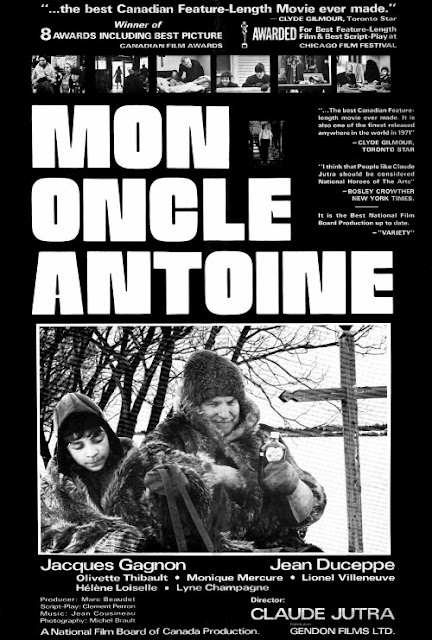The notion of playing a resort town’s top lawman must have lodged in Andy Griffith’s imagination after starring in the respectable made-for-TV thriller Winter Kill (1974), which was designed as a pilot but failed to produce a series. Griffith headlined no fewer than three reworkings of the basic concept, beginning with Adams of Eagle Lake (1975), an hourlong show that lasted only two episodes. Then came The Girl in the Empty Grave and Deadly Game, wannabe-pilot telefilms about Sheriff Abel Marsh that aired in late 1977. Both were written by Lane Slate, who also created Adams of Eagle Lake. (The full backstory is even more convoluted. Slate introduced Marsh, as portrayed by James Garner, in the 1972 theatrical feature They Only Kill Their Masters, which begat the 1973 made-for-TV sequel Isn't It Shocking?, with Alan Alda as new version of the character named Daniel Barnes. The Griffith projects followed.)
It’s remarkable how consistently the strengths and weaknesses of Slate’s approach simultaneously enrich and flatten The Girl in the Empty Grave and Deadly Game. Slate has fun surrounding Griffith’s intrepid peacekeeper with idiosyncratic townies, some of whom appear in both movies, such as the earnest deputy played by James Cromwell. Slate’s pithy dialogue is at worst vacuously entertaining and at best genuinely delightful, so the details garnishing these films are tasty—especially because the discursive nature of Slate’s scripting suits Griffith’s avuncular performance style. Alas, the movie’s central mysteries are trifling, and Slate has a turgid way of resolving narratives.
In both pieces, Griffith plays Abel Marsh, the unflappable sheriff of Jasper Lake, a stand-in for the real Southern California city of Big Bear Lake, where these movies were filmed. The Girl in the Empty Grave, as the title suggests, kicks off when Abel spots a young woman driving through town and recognizes her as the victim of a fatal car crash that occurred some time back. Deadly Game begins with a U.S. Army truck crashing outside Jasper Lake and thereby exposing the whole town to the dangerous chemical agent the truck was transporting. In both movies, determined and intuitive Abel won’t rest until he finds out what’s really happening—and then, inevitably, whodunnit. Even though both stories drag and meander, there’s almost always something of passing interest happening, whether it’s Griffith solving some logical puzzle or an offbeat supporting character lending comic relief.
While they’re largely interchangeable as far as quality goes, Deadly Game is incrementally more satisfying to watch than The Girl in the Empty Grave because one gets the sense that Slate, Griffith, and their collaborators were starting to figure out what worked and what didn’t for this would-be franchise. Deadly Game also benefits from the presence of the regal Dan O’Herlihy in the main guest-starring role, whereas The Girl in the Empty Grave features a host of rank-and-file character players. Naturally, both movies thrive on the novelty of Griffith channeling Andy Taylor while investigating cold-blooded felonies instead of no-harm-done misdemeanors. And perhaps that’s why these resort-town projects never captured the public’s imagination. Both telefilms are sufficiently gentle to seem like cousins to The Andy Griffith Show, but they integrate mature-audience elements that don’t square with The Andy Griffith Show’s vision of unthreatening Anytown U.S.A.
The Girl in the Empty Grave: FUNKY
Deadly Game: FUNKY














